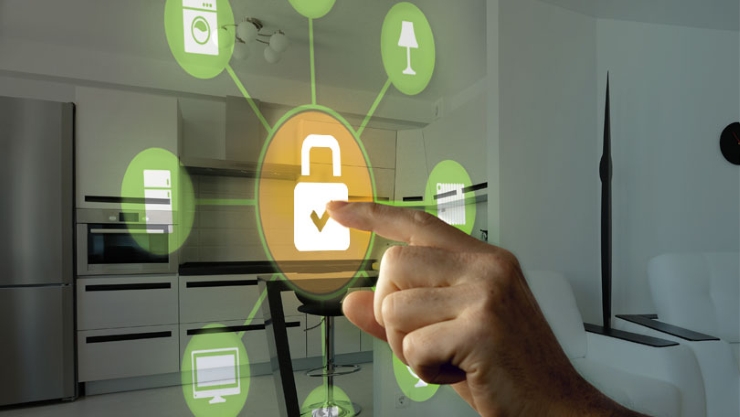 One of the first clues that the Internet of Things was going to affect how we might buy products in the future was Amazon. Amazon released small devices that one could press in order to buy a new shipment of a product. These small devices correspond directly to a product, so when you press the Tide or Bounty button, you get those products delivered when a small deduction is made to your account.
One of the first clues that the Internet of Things was going to affect how we might buy products in the future was Amazon. Amazon released small devices that one could press in order to buy a new shipment of a product. These small devices correspond directly to a product, so when you press the Tide or Bounty button, you get those products delivered when a small deduction is made to your account.
There are two major drivers to digital wallets: the first is the smartphone while the second is the Internet itself. Both of these components are integral to the Internet of Things, and will help us communicate with our homes for a variety of possible outcomes.
Sharing of Data
One of the most important roles a digital wallet holds in the modern context is as a method to track transactions. It does store money, and it’s used to move money too, but the data that accumulates when you make a purchase is where the true change happens.
Soon, your digital wallet might know more about your household. If, for example, you own a refrigerator with a water dispenser, your wallet may be programmed to “listen” to your fridge. When your fridge needs a new filter, it broadcasts that need to your wallet. The wallet then prompts you, or may even place the order on its own. Either way, you never have to worry about replacing your filter because a new one is shipped direct to you.
This is just one example. Companies like Phillips, which make the Hue lighting sets, may be able to help you with design or accessories for the home with personalized recommendations. One of the major stressors as a homeowner is narrowing down all the choices you have, so digital wallets may be able to reduce that frustration.

